
Risk, Regulation, and Policy
Risk assessments, regulation of gene drive, and thought leadership on gene drive policy

|
Governing extinction in the era of gene editingMonast, JJ, North Carolina Law Review, 97:1329-1358. 2019.
CRISPR-Cas9 genome-editing technology (“CRISPR”) offers a potential solution for some of the world’s critical conservation challenges. Scientists are harnessing CRISPR to expand genetic diversity of endangered species, control invasive species, or enhance species’ ... Keywords: bioengineering, biotechnology, policy, Synthetic biology |

|
Using problem formulation for fit-for-purpose pre-market environmental risk assessments of regulated stressorsDevos, YC, W.; Devlin, R. H.; Ippolito, A.; Leggatt, R. A.; Romeis, J.; Shaw, R.; Svendsen, C.; Topping, C. J., EFSA Journal, 17:e170708. 2019.
Pre-market/prospective environmental risk assessments (ERAs) contribute to risk analyses performed to facilitate decisions about the market introduction of regulated stressors. Robust ERAs begin with an explicit problem formulation, which involves among other steps: (1) formally ... Keywords: bioengineering, biotechnology, policy, Synthetic biology |
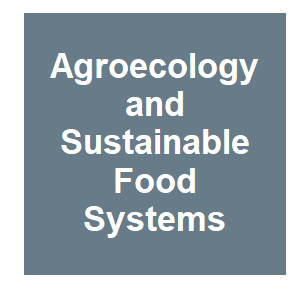
|
Gene driving the farm: who decides, who owns, and who benefits?Montenegro de Wit, M, Agroecology and Sustainable Food Systems, 43:1054-1074. 2019.
This commentary essay explores the social and ecological implications of gene-driving agriculture. Keywords: bioengineering, biotechnology, policy, Synthetic biology |
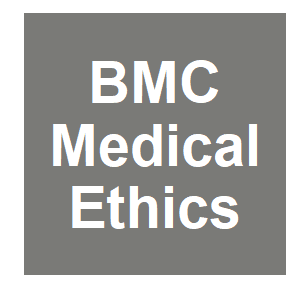
|
Informed consent and community engagement in open field research: lessons for gene drive scienceSingh, JA, BMC Medical Ethics, 20:54. 2019.
The development of the CRISPR/Cas9 gene editing system has generated new possibilities for the use of gene drive constructs to reduce or suppress mosquito populations to levels that do not support disease transmission. Despite this prospect, social resistance to genetically ... Keywords: bioengineering, biotechnology, policy, Synthetic biology |
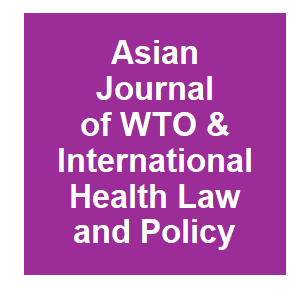
|
Two minutes to midnight-what international law can do about genome editingLee, TL, Asian Journal of Wto & International Health Law and Policy, 14:227-265. 2019.
With its ability to transform the ecosystem, gene drives, a powerful genome-editing technology, poses nuanced regulatory challenges. In particular, as gene drives can override the normal rule of inheritance, where the impacts of gene-drive modified organisms on the environment ... Keywords: bioengineering, biotechnology, policy, Synthetic biology |

|
Genetic frontiers for conservation: An assessment of synthetic biology and biodiversity conservationK. H. Redford, T. Brooks, M., B. W. Nicholas and J. S. A. Macfarlane, International Union for Conservation of Nature, 2019.
This assessment is the beginning of a process that will lead to the development of an IUCN policy to guide the Union’s Director General, Commissions, and Members. The draft policy will be discussed in many fora before it is brought to vote at the World Conservation Congress in ... Keywords: bioengineering, biotechnology, policy, Synthetic biology |
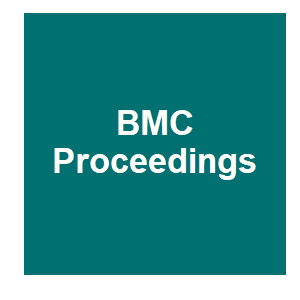
|
An introduction to the proceedings of the environmental release of engineered pests: Building an international governance frameworBrown, Z. S., L. Carter and F. Gould, BMC Proceedings, 12:10. 2018.
In October 2016, a two-day meeting of 65 academic, government and industry professionals was held at North Carolina State University for early-stage discussions about the international governance of gene drives: potentially powerful new technologies that can be used for the ... Keywords: bioengineering, biotechnology, policy, Synthetic biology |
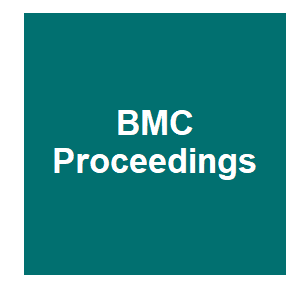
|
Means and ends of effective global risk assessments for genetic pest managementTurner, G., C. Beech and L. Roda, BMC Proceedings, 12:13. 2018.
The development and use of genetic technologies is regulated by countries according to their national laws and governance structures. Legal frameworks require comprehensive technical evidence to be submitted by an applicant on the biology of the organism, its safety to human, ... Keywords: bioengineering, biotechnology, policy, Synthetic biology |
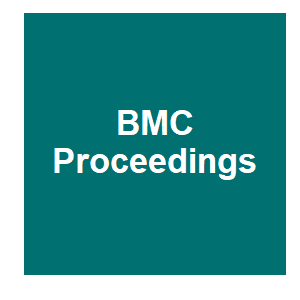
|
Towards inclusive social appraisal: risk, participation and democracy in governance of synthetic biologyStirling, A., K. R. Hayes and J. Delborne, BMC Proceedings, 12:15. 2018.
Frameworks that govern the development and application of novel products, such as the products of synthetic biology, should involve all those who are interested or potentially affected by the products. The governance arrangements for novel products should also provide a ... Keywords: bioengineering, biotechnology, policy, Synthetic biology |
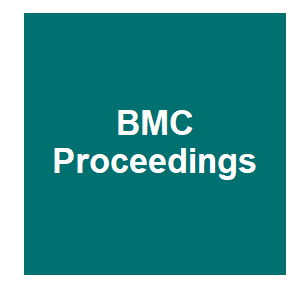
|
Public engagement pathways for emerging GM insect technologiesBurgess, M. M., J. D. Mumford and J. V. Lavery, BMC Proceedings, 12:12. 2018.
Policy and management related to the release of organisms generated by emerging biotechnologies for pest management should be informed through public engagement. Regulatory decisions can be conceptually distinguished into the development of frameworks, the assessment of the ... Keywords: bioengineering, biotechnology, policy, Synthetic biology |
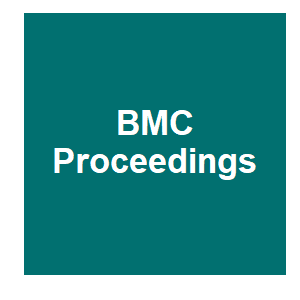
|
GM insect pests under the Brazilian regulatory framework: development and perspectivesAndrade, P. P., M. A. da Silva Ferreira, M. S. Muniz and A. de Casto Lira-Neto, BMC Proceedings, 12:15. 2018.
The emergence of new technologies for genetic modification has broadened the range of possible new products. The regulations of many countries that could benefit from these new products may not be prepared to assess risks and enable science-based decision-making. This is ... Keywords: bioengineering, biotechnology, policy, Synthetic biology |
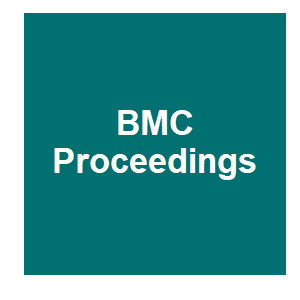
|
Regulation of emerging gene technologies in IndiaAhuja, V., BMC Proceedings, 12:14. 2018.
In India, genetically modified organisms (GMOs) and the products thereof are regulated under the “Rules for the manufacture, use, import, export & storage of hazardous microorganisms, genetically engineered organisms or cells, 1989” (referred to as Rules, 1989) notified under ... Keywords: bioengineering, biotechnology, policy, Synthetic biology |
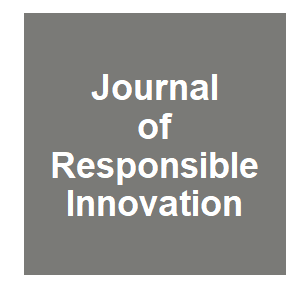
|
Gene drives and the management of agricultural pestsR. F. Medina, Journal of Responsible Innovation, 5:S255-S262. 2018.
Like all pest control strategies, gene drives are not hazard-free. Ecological risk assessment of gene drives designed to control agricultural pests should be conducted before their deployment. The present commentary provides some thoughts on some of the issues one should consider ... Keywords: bioengineering, biotechnology, policy, Synthetic biology |

|
Anomaly handling and the politics of gene drivesS. W. Evans and M. J. Palmer, Journal of Responsible Innovation, 5:S223-S242. 2018.
Decisions about the development and use of gene drives are framing broader debates about the need for fundamental changes to biotechnology regulatory systems. We summarize this debate and describe how gene drives are being constructed as potential anomalies within the regulatory ... Keywords: bioengineering, biotechnology, policy, Synthetic biology |

|
Regulating animals with gene drive systems: lessons from the regulatory assessment of a genetically engineered mosquitoZ. Meghani and J. Kuzma, Journal of Responsible Innovation, 5:S203-S222. 2018.
In this paper, we consider the question of whether the United States Food and Drug Administration is prepared to effectively regulate insects and other animals with gene drives. Given the profound impact that gene drives could have on species and ecosystems, their use is a ... Keywords: bioengineering, biotechnology, policy, Synthetic biology |

|
Harnessing gene driveJ. Min, A. L. Smidler, D. Najjar and K. M. Esvelt, Journal of Responsible Innovation, 5. 2018.
Determining whether, when, and how to develop gene drive interventions responsibly will be a defining challenge of our time. Here we describe capabilities, safeguards, applications, and opportunities relevant to gene drive technologies. Keywords: bioengineering, biotechnology, policy, Synthetic biology |

|
A roadmap for gene drives: using institutional analysis and development to frame research needs and governance in a systems contextJ. Kuzma, F. Gould, Z. Brown, J. Collins, J. Delborne, E. Frow, K. Esvelt, D. Guston, C. Leitschuh, K. Oye and S. Stauffer, Journal of Responsible Innovation, 5:S13-S39. 2018.
This paper reports on a workshop held in February 2016 to explore the complex intersection of political, economic, ethical, and ecological risk issues associated with gene drives. Workshop participants were encouraged to use systems thinking and mapping to describe the ... Keywords: bioengineering, biotechnology, policy, Synthetic biology |

|
Mapping research and governance needs for gene drivesJ. Delborne, J. Kuzma, F. Gould, E. Frow, C. Leitschuh and J. Sudweeks, Journal of Responsible Innovation, 5:S4-S12. 2018.
This special issue represents both deep and broad thinking about gene drives. The papers were first drafted nearly two years ago, and since then have been reviewed and revised to flesh out key arguments and take account of ongoing developments in the field. This field has moved ... Keywords: bioengineering, biotechnology, policy, Synthetic biology |

|
Gene drives and the expanding horizon of governanceE. Fisher, Journal of Responsible Innovation, 5:S1-S3. 2018.
Like other areas of emerging science and technology that trigger prolonged public debate over their transformative prospects, gene drives simultaneously generate prospects for new knowledge, hoped-for benefits, and formidable concerns. Their ability to bias inheritance of and in ... Keywords: bioengineering, biotechnology, policy, Synthetic biology |
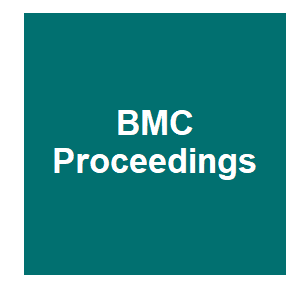
|
Means and ends of effective global risk assessments for genetic pest managementTurner, GB, Camilla; Roda, Lucia, BMC Proceedings, 12:13. 2018.
The development and use of genetic technologies is regulated by countries according to their national laws and governance structures. Legal frameworks require comprehensive technical evidence to be submitted by an applicant on the biology of the organism, its safety to human, ... Keywords: bioengineering, biotechnology, policy, Synthetic biology |

Contact
David O’Brochta
Foundation for the
National Institutes of Health
geneconvenevi@fnih.org
RSS

